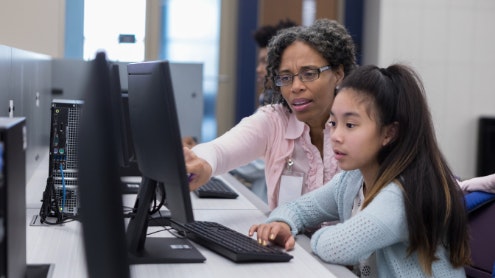Homepage
•
Learning Library
•
Blog
•
4 Things Students Should Do to Stay Safe and Secure Online
Expand breadcrumbs
Expand breadcrumbs
- Learning Library
- Blog
- 4 Things Students Should Do to Stay Safe and Secure Online
- Homepage
- •
- Learning Library
- •
- Blog
- •
- 4 Things Students Should Do to Stay Safe and Secure Online
4 Things Students Should Do to Stay Safe and Secure Online
By Nicole Zumpano
February 5, 2022








